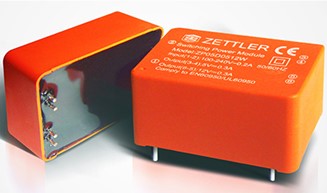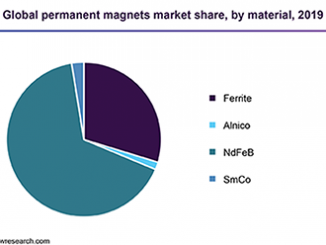A Column by Dr. Stan Trout
For those of you too young to remember, the Soviets launched the first artificial satellite to orbit the Earth in October 1957. While the Soviets were very proud of their accomplishment, the western world was stunned and embarrassed to be “scooped” by the U.S.S.R. As the rest of the world scrambled to catch up, what was first viewed as a negative event, soon became a very positive thing. It was the shock of the sudden realization of being behind, which prompted much government action that likely would not have happened otherwise. Sputnik turned out to be one of the very first events in what was ultimately called the Space Race. Two important consequences of Sputnik were the creation of several new federal agencies like NASA and generous scholarships educated an entire generation of scientists and engineers, like me.

Within the past few months, several politicians have claimed that we once again face a Sputnik Moment, among them Senator John Kerry and President Barack Obama. In this context, I think they were referring to some of the challenges we face: energy supplies, climate change, the rise of China and the decline of some economies in the rest of the world.
I liked this premise and wanted to review the facts to see if we are facing a Sputnik Moment with the rare earths.
As everyone seems to know these days, rare earth prices have been climbing at an amazing rate for quite a while. If you are not sure on the details, then a quick visit to the Metal Pages or Asian Metals web sites will bring you up to date. The confluence of strong demand, limits on supply, uncertainty and speculators are the major causes of the price increases.
There have been cries for government action from various sources. For example, my congressman, Mike Coffman, introduced the RESTART act of 2011. It is meant to do things like expedite permitting of new rare earth deposits, create a government controlled stockpile of rare earths and have agencies like DOE and DOD create a rare earth strategy. Some of these are worthwhile activities, however, this bill does not seem to be creating much interest within the US Congress and it is unlikely to become law.
Most of the real activity in this area seems to be market driven and not driven by any governmental actions. High rare earths prices have sparked investment in all kinds of rare earth activities from prospecting to mining and beyond. And most of these activities happened spontaneously with little or no governmental assistance. In other words, the marketplace seems to be operating as it should.
So the answer to whether or not we are facing a Sputnik Moment depends on a precise definition of the term. If we say that a Sputnik Moment is when people collectively rise to action in the face of a strong challenge, then clearly we are right in the middle of one. However, if we say that a Sputnik Moment is when the government rises to action as a result of a challenge, then I would say we are not. The government action we have seen thus far is much smaller and slower than what we see in industry. In this case, government is following the charge rather than leading it.
Personally, I don’t think having industry lead this charge is a bad thing at all, perhaps because I am part of it. Deep within the American psyche is that idea that we would rather roll up our sleeves and go to work to fix a problem, rather than waiting for someone else to come along and fix it for us. That’s where we seem to be today.
 About the Author
About the Author
Dr. Stan Trout has more than 30 years experience in the permanent magnet and rare earth industries. Dr. Trout has a B.S. in Physics from Lafayette College and a Ph.D. in Metallurgy and Materials Science from the University of Pennsylvania. Stan is a contributing columnist for Magnetics Business and Technology magazine and the Director of the Magnet Business for Molycorp Minerals, LLC. Spontaneous Materials, his consultancy, specializes in technical training on magnetics. He can be reached at strout@ieee.org.
Published in Fall 2011 Issue



